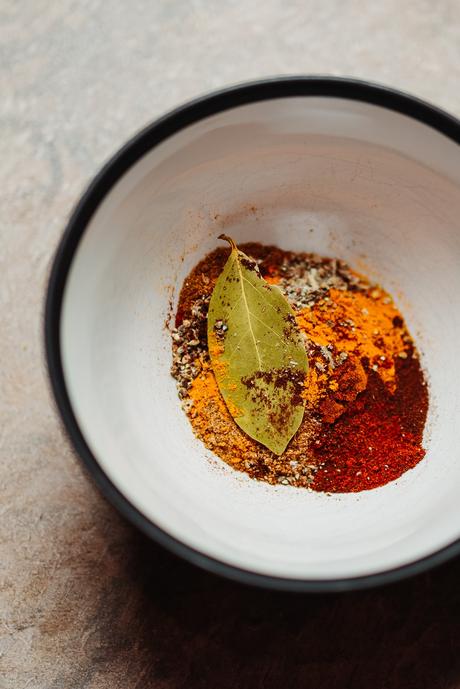
What is Turmeric?
Turmeric, the golden-hued, highly fragrant spice, has arrived on the culinary scene. This ancient spice, which was revered for millennia as both food and medicine, has resurfaced in the health and nutrition sector due to curcumin, the healing chemical that gives it its brilliant color.
How is Turmeric good for you?
Turmeric contains curcumin, which has been found to have anti-inflammatory properties comparable to those of ibuprofen. Turmeric has no negative side effects and does not harm the body in any way. People frequently consume turmeric supplements that have been proven to aid digestive health. In conclusion, it's a wonderful spice!
Where is Turmeric found?
Turmeric is a low-growing herb that has flowers and rhizomes, both of which can be found underground. A perennial plant grows turmeric from its roots. Turmeric's golden color and sizzling taste come from the root-like stem, rather than the rhizome. Turmeric has been cultivated in India for thousands of years, although it is now grown across the world.
The history of Turmeric
Turmeric has long been used as a natural cure for a variety of ailments, but it has also been utilized therapeutically for over 4,500 years. Turmeric residue, ginger, and garlic were discovered in ancient pots near New Delhi that date back to 2500 BCE. Turmeric began to be utilized in Ayurvedic medicine around 500 BCE. Ayurveda is a 2000-year-old Indian natural healing practice that is still practiced today. The terms Ayur and Veda are derived from the Sanskrit words for life and knowledge, respectively.
Turmeric paste was used to treat a variety of skin conditions, including smallpox and chickenpox, blemishes and shingles, as well as congestion relief from inhaling fumes from burning turmeric. Turmeric juice aided in the healing of wounds and bruises, while turmeric vapour inhalation was claimed to help relieve breathing problems. Turmeric has been used in Ayurvedic texts for over a thousand years. In Ayurveda, turmeric is known by more than 100 names, including Jayanti and matrimanika, which mean "one who is victorious over illnesses" and "as lovely as moonlight."
In India, turmeric is far more than a medicinal plant. Turmeric is an important and sacred element of Hinduism. The groom wraps a strand of turmeric paste-dyed yellow around the bride's neck on the wedding day. A metal Mangala sutra is a popular Hindu necklace with the inscription "I married happily." It implies that the woman is married and capable of running a household, as indicated by this metal Mangala sutra. It is similar to the Western custom of exchanging wedding rings among Hindus. A piece of turmeric rhizome is worn as an amulet against evil spirits in southern India.
Turmeric's natural yellow hue has been utilized to color textiles and thread for hundreds of years. Buddhist monks wear saffron-coloured robes that have been dyed with turmeric. Turmeric was used to color children's clothing in Kerala, a state in southern India. One of the reasons for this is because of the Lord Krishna connection.

